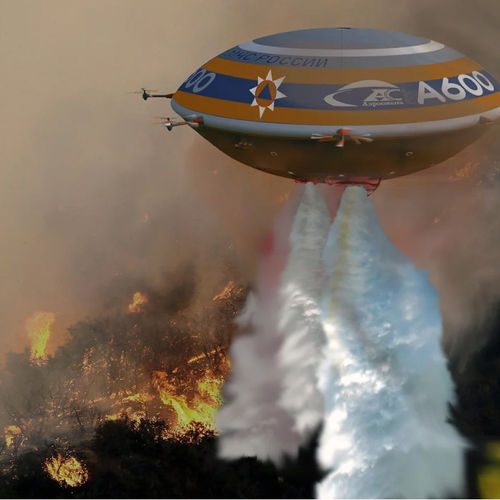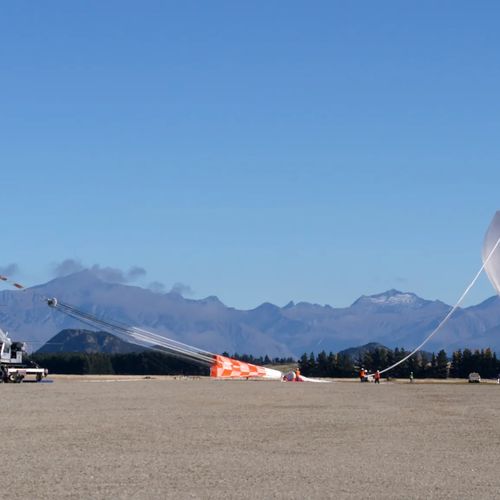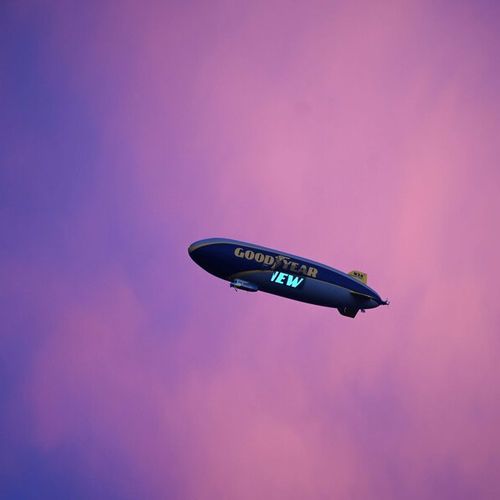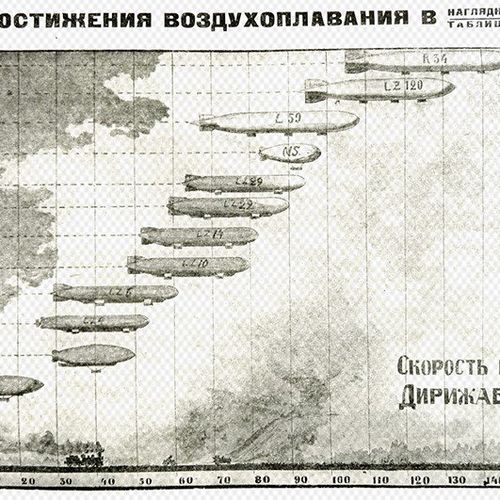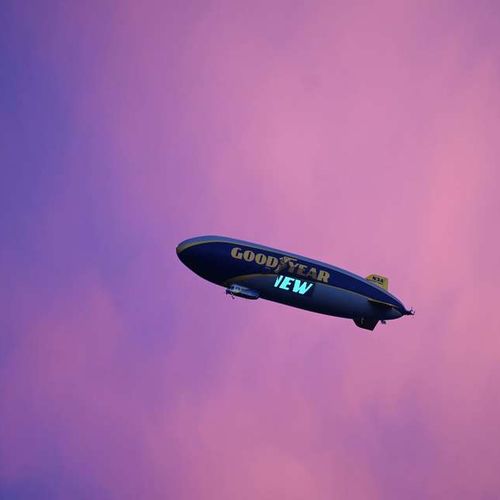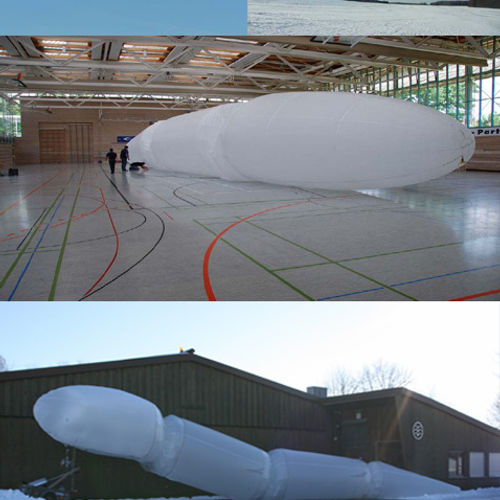
| Added | Tue, 07/03/2017 |
| Источники | |
| Дата публикации | Tue, 25/08/2009
|
| Версии |
The us company Sanswire-TAO have experienced in the sky flying a prototype of a communication platform and a military scout, which is a new type of airship.
Sanswire-TAO is a subsidiary company of us company Sanswire and Germanic TAO. Sanswire known to us by the invention of the term stratellite (stratellite is a combination of "stratosphere" and "Sputnik") and the output for testing the first such vehicle. Sanswire is now in partnership with overseas specialists have developed a new machine, designated the STS-111.
The main highlight of the device — flexible segmented shell (no internal skeletons) resembling a worm. The head section of the blimp filled with helium. It carries a payload, as well as the engine with screws that can be rotated on all axes to create a directional thrust vector.
All the tail section of the airship filled with another gas (it could be methane, syngas or hydrogen — Americans write actually just fuelgas). Unlike the lead segment here, the lifting force is adjusted so as to just offset the weight of the shells. The tail of the "worm" with a simple static stabilizers.
The principle of motion control of the blimp is simple — it starts to shift, there where the thrust of the motor. While meandering "passive" tail plays the role of a regulator providing a "calming" of the machine after the turning or lowering (the ascent).
STS-111 should work on low and medium altitudes (up to 4.6 km) in the role of scout, media sensors for environmental monitoring, as well as a relay platform for military and civilian needs.
The length of the STS-111 is 33.8 meters, the height of 3.35 m. It must carry a payload weighing 9 pounds, which can consume from the on-Board generator power up to 3 kW.
Main advantages — speed of deployment, the relative cheapness of the device and ground infrastructure, and a long time of work: 2.5 days at a speed of 27 knots (50 km/h) and up to 5 days at a more relaxed driving (not counting interference from the wind).
Unit, the project will be capable as an Autonomous movement according to the program, and the remote control from the ground. Equipped with emergency parachute to the payload.
On June 17 and 18 August this year Sanswire-TAO have experienced in the sky a large-scale prototype of the STS-111 apparatus with a length of 23.2 metres. During the tests, "worm" rose to a height of up to 2.75 km, proving efficiency of the idea of free wriggling of the tail. Soon the company intends to bring to the test and full-scale model of STS-111.
Further on the basis of this technology is expected to create a similar airships of various sizes and purposes, including communication stratellite operating at altitudes up to 18 km (this car is scheduled Sanswire-TAO to build for 2010).
Translated by «Yandex.Translator»
Top: testing large-scale prototype. Below: the full STS-111 is almost ready to fly (photos Sanswire-TAO).
Translated by «Yandex.Translator»
Новости со схожими версиями
Log in or register to post comments

